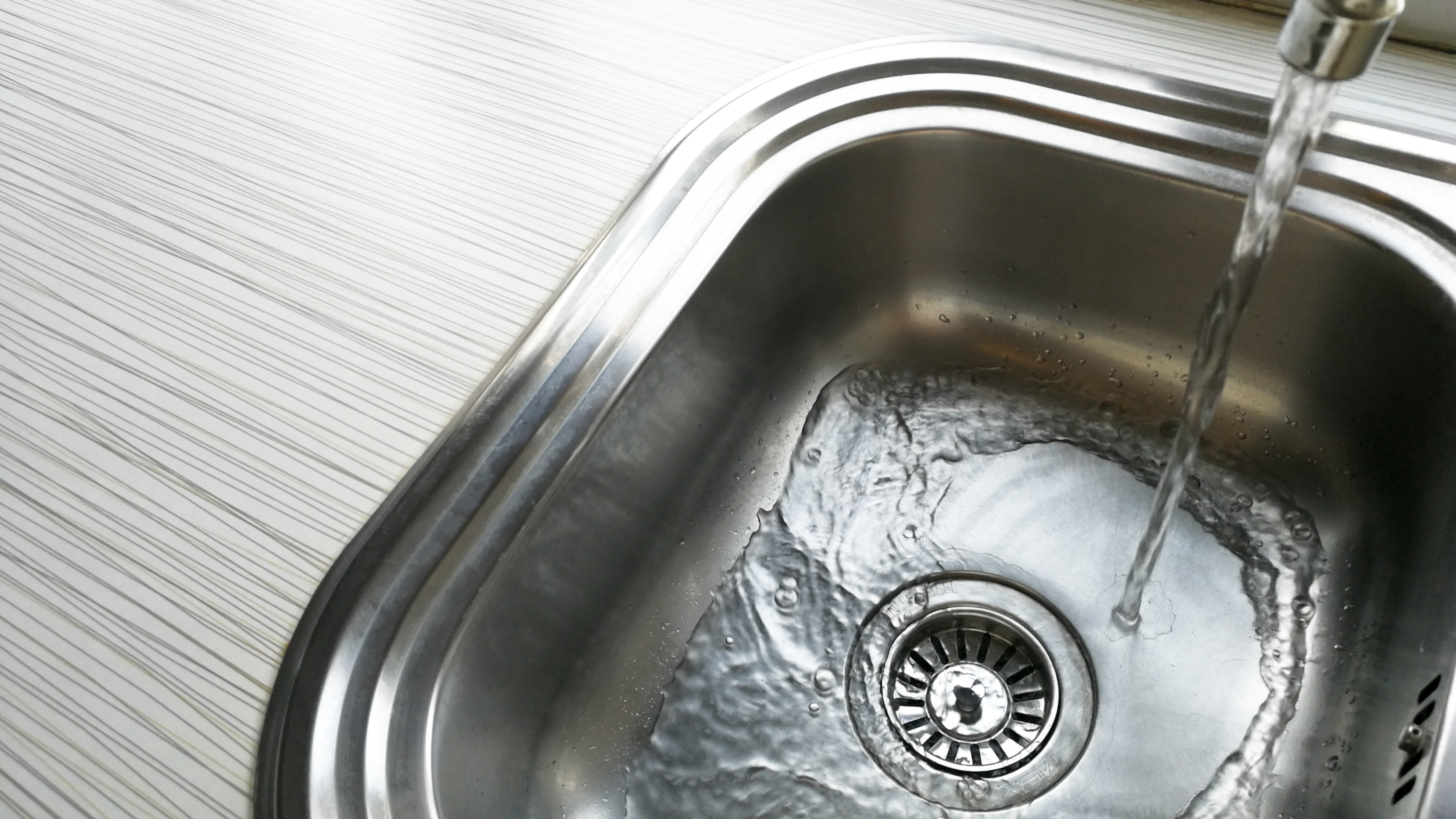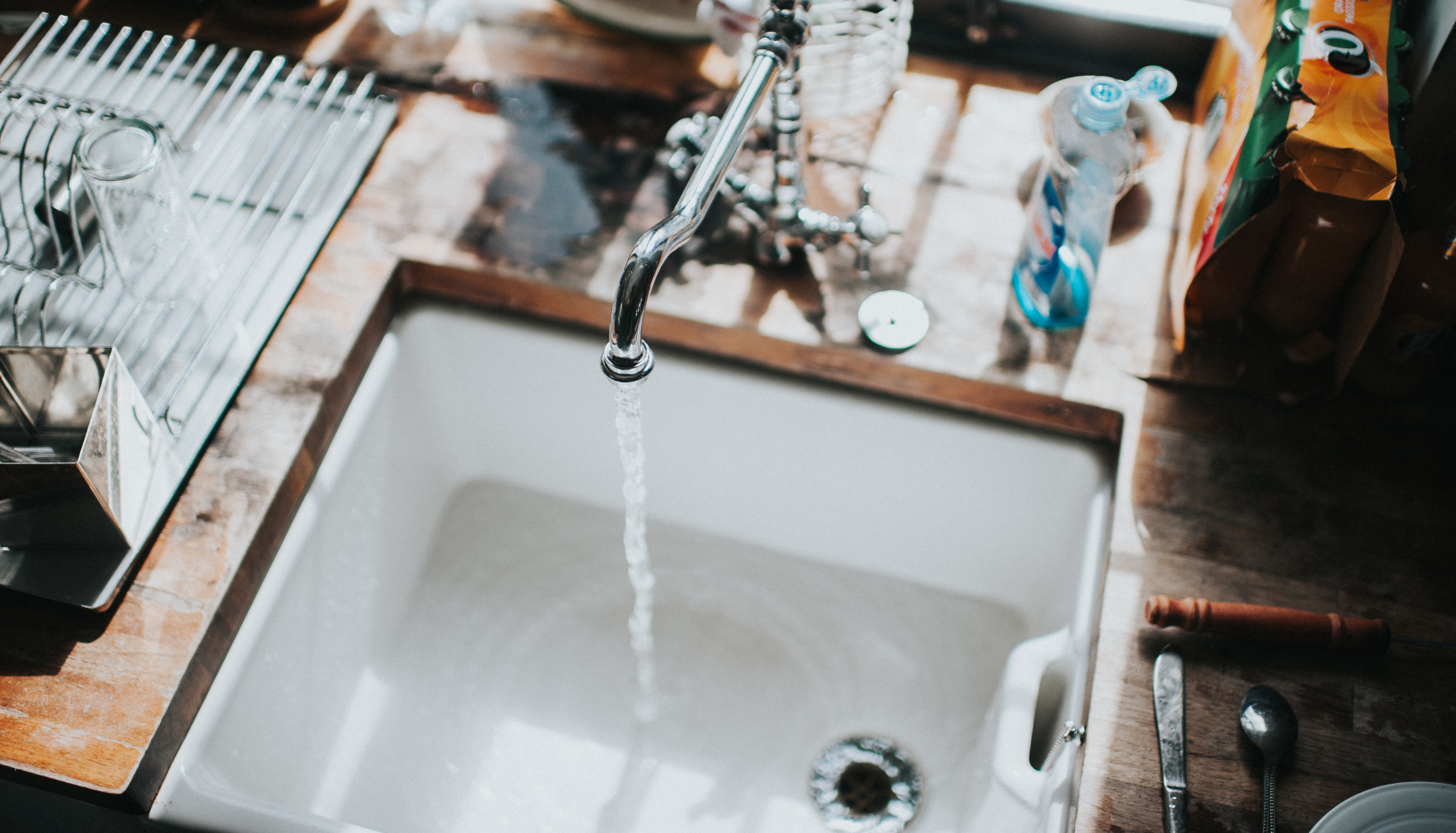Cracking the Code: 5 Hidden Techniques for Kitchen Sink Unclogging
Cracking the Code: 5 Hidden Techniques for Kitchen Sink Unclogging
Blog Article
What are your concepts on Fixing Typical Household Plumbing Problems?

Obstructed cooking area sinks are among the most typical drain problems homeowners deal with. As well as what's even more, it's a undesirable and also really uneasy view. Picture going to the sink to do your meals as well as discovering that the drainpipe is blocked as well as water can not flow down quickly.
Most blocked water drainages are triggered by food debris, fat, oil, and soap fragments. They obstruct the sink and make it hard for water to decrease the drainpipe swiftly. While it is alluring to put a call through to the plumbers, there are a couple of DIY hacks you might try first before making that telephone call.
In this article, we will be looking at five simple steps you might require to free your kitchen area sink from obstructions and also conserve you from the pain and also shame of handling a blocked kitchen sink.
1. Use Boiling Water
When confronted with a stopped up sink, the first thing you should try is to put boiling thin down the drain. That has to do with one of the most simple remedy to clogged sinks and water drainages. Boiling water assists neutralize the fragments and debris triggering the clog, specifically if it's oil, soap, or oil fragments, and also in a lot of cases, it can flush it all down, and your sink will be back to typical.
Because hot water could thaw the lines and also create more damages, do not attempt this technique if you have plastic pipelines (PVC). If you use plastic pipes, you might intend to adhere to using a bettor to obtain debris out.
Utilizing this method, activate the tap to see how water moves after pouring hot water down the tubes. If the clog persists, attempt the process again. However, the obstruction could be more consistent in many cases and call for greater than simply boiling water.
2. Perhaps it's the Garbage Disposal
In lots of situations, the blockage may be due to an obstruction in the disposal. Use pliers rather.
You can explore the adhering to option to unclog your kitchen area sink if this does not function.
3. Attempt a Plunger
If the trouble is not from the waste disposal unit, you can attempt making use of a plunger. Bettors are common home tools for this occasion, and they can come in handy if you utilize them appropriately. A flat-bottomed bettor is most suitable for this, yet you can use what you have is a bathroom bettor.
Follow the list below easy actions to make use of the bettor properly:
Secure the drainpipe with a rag and also load the sink with some hot water
Place the plunger in position over the drain and also begin diving
Check to see if the water runs easily after a couple of dives
Repeat the process up until the drain is totally free
4. Sodium Bicarbonate and Vinegar
Rather than making use of any kind of form of chemicals or bleach, this technique is safer as well as not harmful to you or your sink. Baking soda as well as vinegar are daily house products utilized for lots of various other things, as well as they can do the method to your kitchen sink.
Firstly, get rid of any kind of water that is left in the sink with a cup.
Then pour a good amount of cooking soft drink away.
Pour in one mug of vinegar.
Seal the drain opening and also permit it to settle for some minutes.
Pour hot water down the drain to melt away other persistent deposit and bits.
Following this straightforward method can work, and you can have your cooking area sink back. Repeat the procedure as long as you deem required to rid the sink of this debris entirely.
5. Utilize a Hanger
Utilizing a cord fabric wall mount or a plumber's serpent if you have one can do the technique. All you need do is straighten out the hanger to go down the drain while you meticulously pick out the bits causing the clog.
Run hot water away after this to see just how effective you were.
Final Words
Attempting these few methods can conserve you the expenditures of having a plumber examine it. But oftentimes, a plumber is what we need. In cases where you find it hard to unblock the sink also after attempting all these methods, it may be time to leave it to the professionals.
Contact expert plumbing firms to repair your water drainage troubles as well as various other various family plumbing demands.
Obstructed kitchen sinks are one of the most common drainage concerns home owners deal with. Picture going to the sink to do your recipes as well as finding out that the drainpipe is obstructed and water can not stream down quickly.
They clog the sink and make it hard for water to go down the drain promptly. When faced with a clogged up sink, the very first point you should try is to pour boiling water down the drain. Boiling water assists counteract the fragments and also particles creating the blockage, especially if it's oil, soap, or grease fragments, as well as in lots of situations, it can flush it all down, as well as your sink will certainly be back to normal.
How to Unclog a Kitchen Sink
Take the Plunge
Start your efforts by plunging. Use a plunger with a large rubber bell and a sturdy handle. Before getting to work on the drain, clamp the drain line to the dishwasher. If you don t close the line, plunging could force dirty water into the dishwasher.
Fill the sink with several inches of water. This ensures a good seal over the drain.
If you have a double sink, plug the other drain with a wet rag or strainer.
Insert the plunger at an angle, making sure water, not air, fills the bell.
Plunge forcefully several times. Pop off the plunger.
Repeat plunging and popping several times until the water drains.Clean the Trap
The P-trap is the curved pipe under the sink. The trap arm is the straight pipe that attaches to the P-trap and runs to the drain stub-out on the wall. Grease and debris can block this section of pipe. Here s how to unclog a kitchen sink by cleaning out the trap:
Remove as much standing water from the sink as possible.
Place a bucket under the pipe to catch the water as it drains.
Unscrew the slip nuts at both ends of the P-trap. Use slip-joint pliers and work carefully to avoid damaging the pipes or fasteners.
If you find a clog, remove it. Reassemble the trap.
If the P-trap isn t clogged, remove the trap arm and look for clogs there. Run the tip of a screwdriver into the drain stub-out to fetch nearby gunk.Spin the Auger
With the trap disassembled, you re ready to crank the auger down the drain line.
Pull a 12-inch length of cable from the auger and tighten the setscrew.
Insert the auger into the drain line, easing it into the pipe.
Feed the cable into the line until you feel an obstruction. Pull out more cable if you need to.
If you come to a clog, crank and push the cable until you feel it break through. The cable will lose tension when this happens.
Crank counterclockwise to pull out the cable, catching the grime and debris with a rag as the cable retracts.

We are very drawn to Common Household Plumbing Issues and I'm hoping you appreciated the entry. Sharing is nice. Helping others is fun. Thanks for your time spent reading it.
Best in emergency plumbing services. Report this page